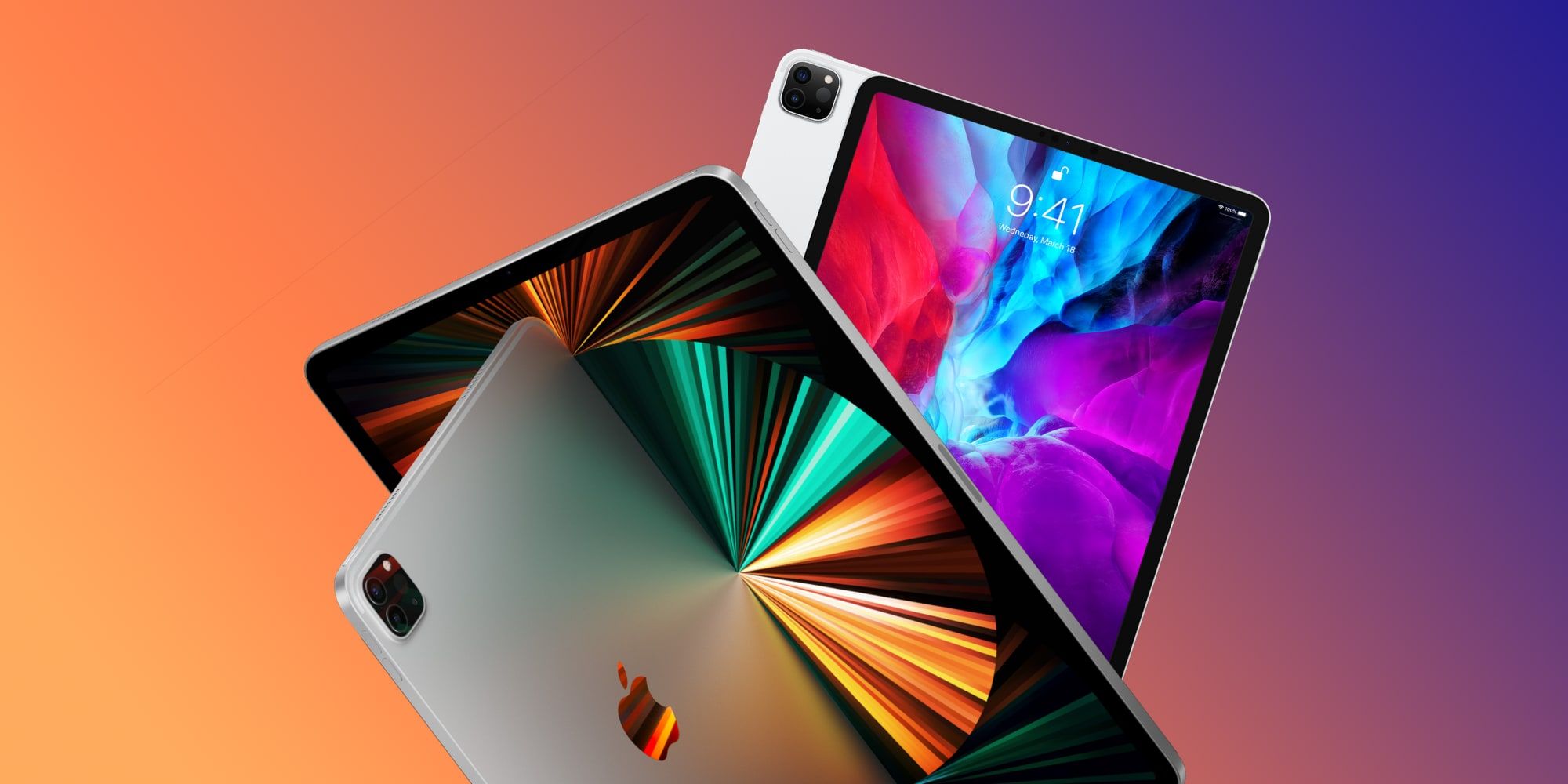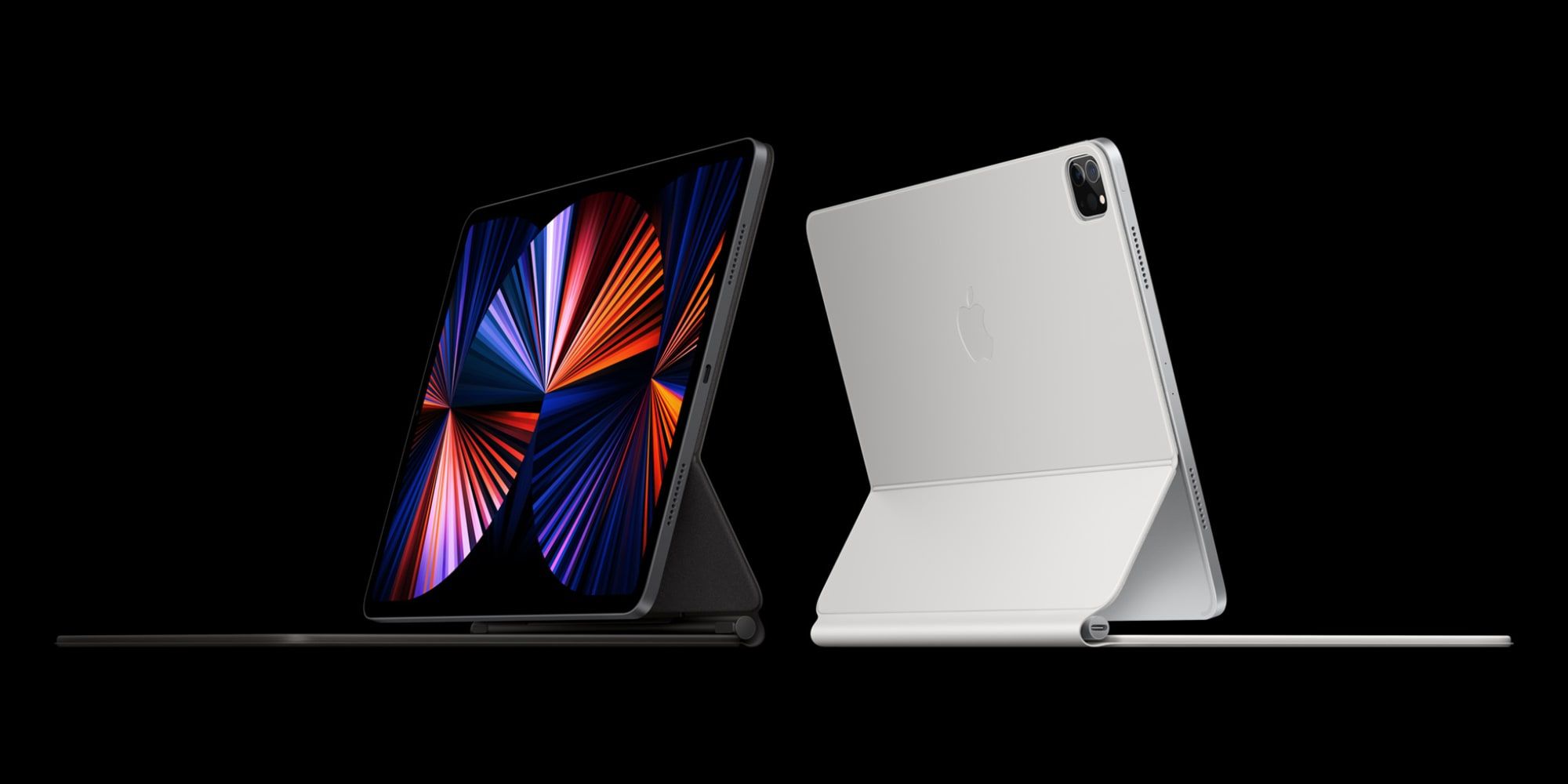
Apple's new 12.9-inch iPad Pro tablet eclipses last year’s model in almost every way. With the price starting at just $1,099, the new model is only $100 more expensive than the previous version, in spite of the big upgrades. For those that own the 2020 model, a point-by-point comparison may help to decide whether it is worth the cost to upgrade to the latest technology, or if the older model is still sufficient for the current workload.
The iPad Pro is a unique tablet, as it is one of the few devices that offer so much power in a thin and light touchscreen-focused device. Microsoft’s Surface Pro competes well, but most Windows apps still favor keyboard, trackpad or mouse use, seemingly forgetting that touch is an official form of user interaction now. Since the iPad Pro started life strictly as a tablet, touch controls are the top priority with keyboard shortcuts and trackpad gestures being the added experience. This reversal of strategy is part of what distinguishes iPadOS from desktop operating systems. For many years, Apple stated that the iPad Pro could outperform many PC laptops. With this year’s processor upgrade, that statement has extra significance, since it is the same M1 system-on-a-chip that Apple uses in its new Mac computers. Even the new iMac launched alongside the new iPad Pro is powered by an M1.
Apple’s newest 12.9 iPad Pro boasts improvements across the board. The M1 processor is 50-percent faster than the A12Z found in the previous generation, along with up to 40-percent better graphics performance. It is easy to recognize just how powerful the 2020 iPad Pro was, considering the performance gains offered by M1 Mac computers are not even more impressive than they are. The fourth generation was plenty fast, but the extra performance will be welcomed by video editors, three-dimensional graphics professionals, and power-users of all types. Apple demonstrated some advanced augmented reality as an example of the speed of the new system, showing a virtual real-time light show appearing around two dancers in motion, handling the task of overlaying graphics on the background while excluding them from the people in the scene in a convincing way. This instantly turned an ordinary living room into a virtual dance club. The 2020 iPad Pro has advanced LiDAR and AR capability as well, but may not have been able to keep up with the demands of such fast movement without some glitches.

One of the headline features of the new iPad Pro is the 5G support. This is of the same caliber as that of the iPhone 12, supporting a wide range of 5G networks, including both Sub-6GHz and the faster mmWave bands. This means the new 2021 iPad Pro can roam freely while maintaining super fast internet speeds. The 4G LTE of the previous year is quite fast and still better supported than 5G, but the slowest 5G speeds are about the same as the fastest LTE, so there is value in upgrading if traveling away from Wi-Fi often. Perhaps the second biggest improvement of the new 12.9 iPad Pro is the XDR display which uses 10,000 Mini-LEDs to control brightness with great accuracy, allowing a one-million-to-one contrast ratio and brightness of up to 1,600 nits. The older model tops out at 600 nits, which is still quite bright, but compared to the 72 LED backlights of the fourth-generation iPad Pro, it’s clear to see how contrast will be much, much better with the newer model. Apple actually said it was bringing the technology of its $6,000 Pro Display XDR to the iPad Pro.
Both storage speed and maximum capacity have increased two times with the new iPad Pro as well, with configurations of up to 2-terabytes of internal storage. To expand even further, the USB-C port has advanced to USB 4 with Thunderbolt 3, allowing up to 40-gigabytes-per-second transfer speeds. This allows super-fast external storage as well as other peripheral possibilities. The new iPad Pro can even drive a 6K resolution monitor. The front-facing camera now has a 12-megapixel resolution (up from the 7-megapixels of the older models) and takes advantage of a new wide-angle lens to track a user that may be standing and moving around. Furthermore, face-tracking can recognize two people at the same time and zoom and pan to give the best view. With so many upgrades, it’s surprising that Apple only raised the price by $100. While power users may want to update to the new model even if they own the 2020 version, it should be an even easier decision for those with one of Apple's older iPad tablets.
Source: Apple
from ScreenRant - Feed https://ift.tt/3sCi6t2





No comments: